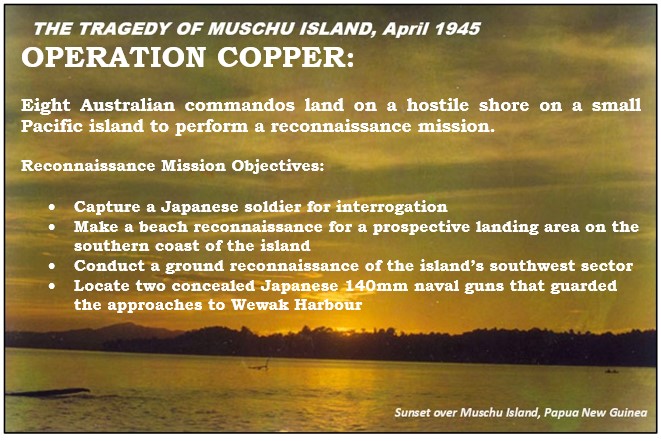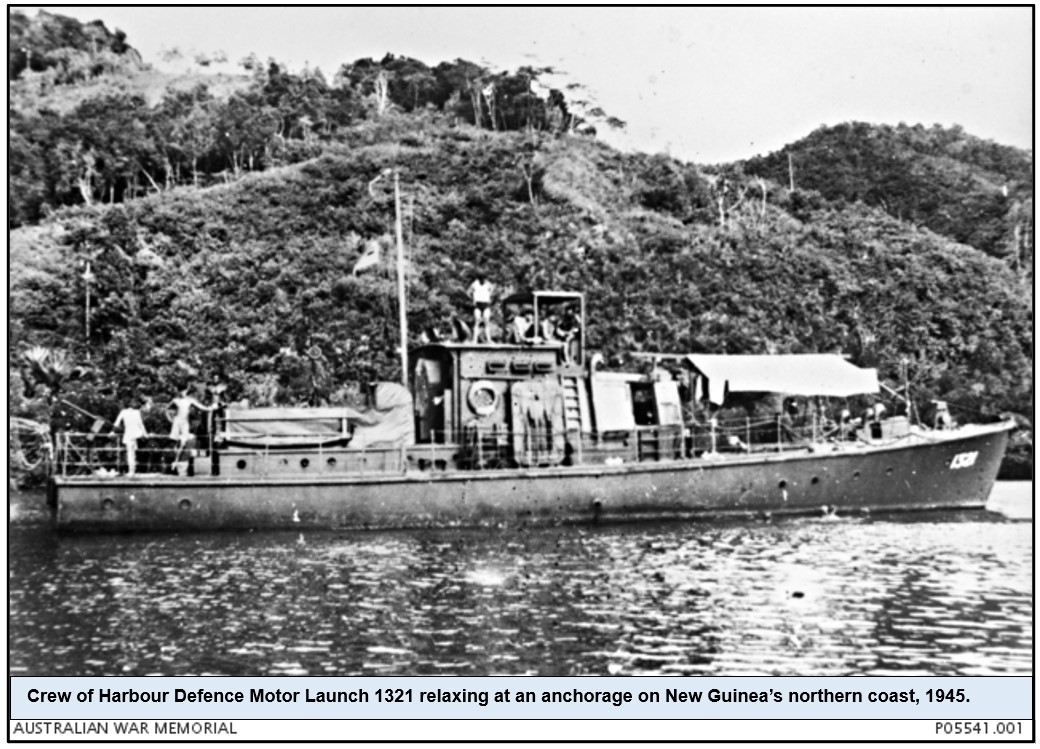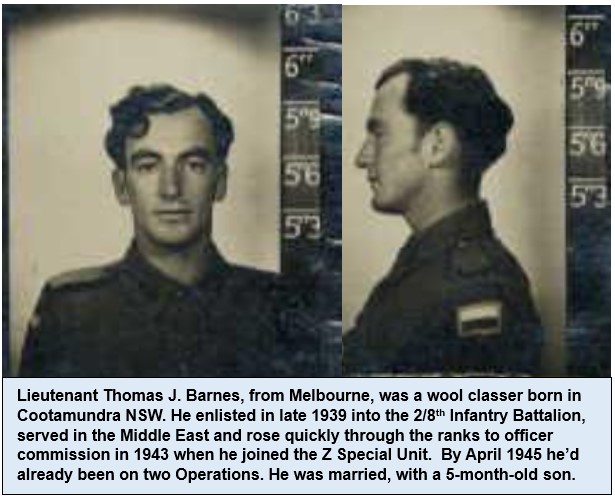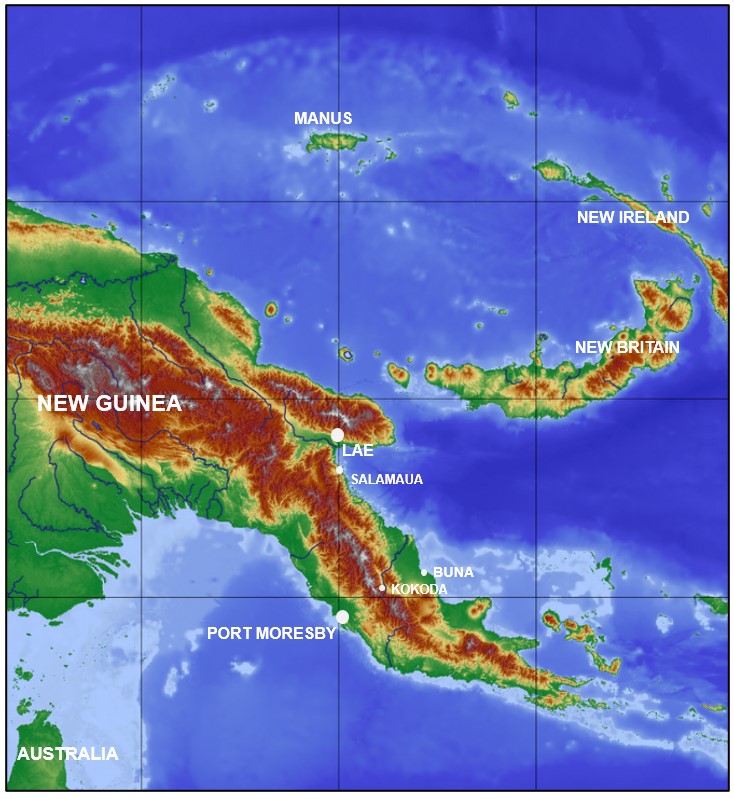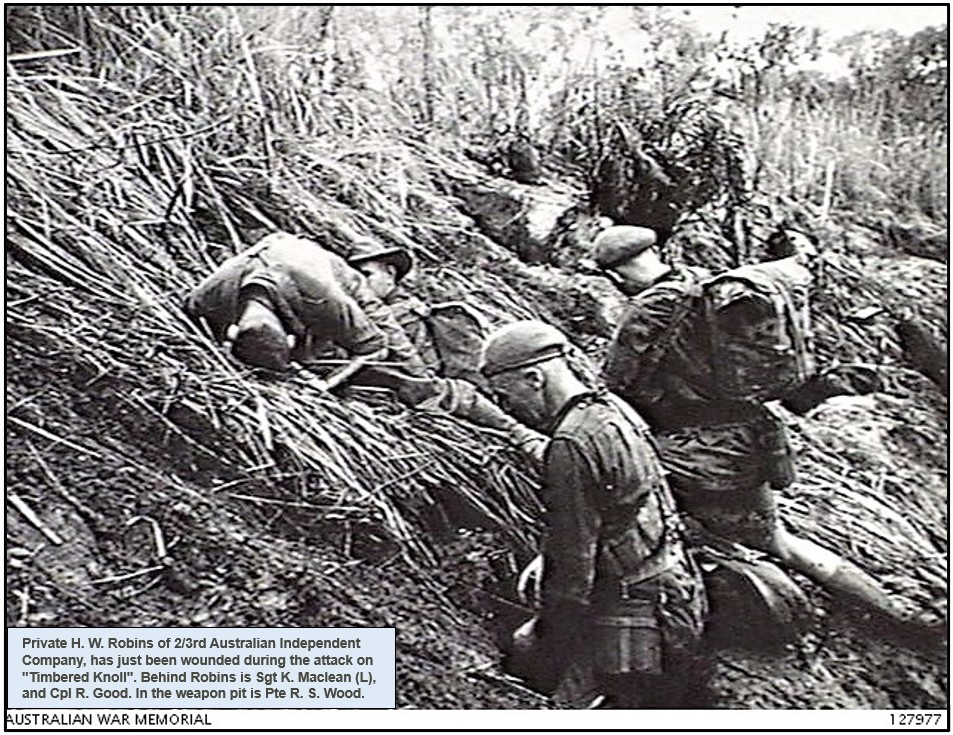1/5 Few know of the forgotten POW Indian army troops, captured in Feb 42, who didn’t join the INA. 8,000 were sent to New Guinea, where they were brutally used as slave labourers. An account of these prisoners’ experience is barely treated by WW2 histories. @AdiRChhina @SumedhaMM 
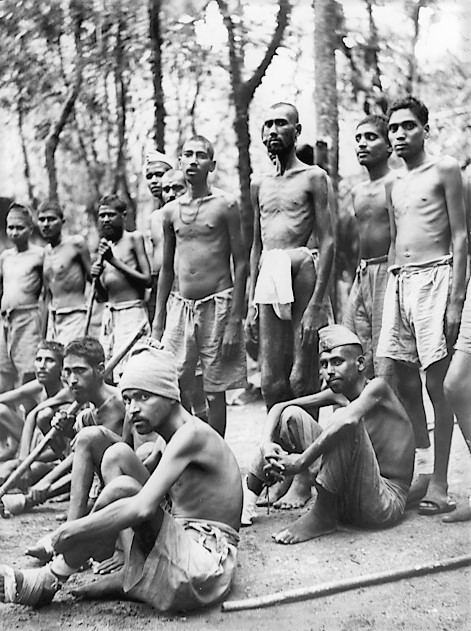
2/5 As Australian troops advanced in 1944/45, they were surprised to find bedraggled groups of proud but emaciated men, sometimes wandering thru’ jungles or detained in camps. Almost 6,000 Indian POWs were found on northern New Britain, around the huge Japanese base at Rabaul. 

3/5 Furthest groups were on Bougainville, 6,000km east of Singapore, 9,000km from India. First group found: 66 men of the 5th Bn/11th Sikhs on Manus Island, March ’44. 1st thing they wanted was new cloth for dastaar (turban) an article of faith representing honour, self-respect. 

4/5 Turbans were made from parachute cloth. These men were luckier than most, released a full 18 months before most other POWs in New Guinea & taken to Australia for rehabilitation then shipped back to India. Many others were murdered in the last days of war. @SikhsAtWar 

5/5 Another large group were remnants of the 1st Hyderabad Reg’t (Princely State of Hyderabad wasn’t yet part of India). Here’s their camp’s proud Quarter Guard, wearing Aust kit and sticks for rifles. Their Lt Col Ishaq had survived. @USI_CAFR @TheBrownBeagle @robert_lyman 

Sorry 🙄 mistyped two tags @AdilRChhina @USI_CAFHR
• • •
Missing some Tweet in this thread? You can try to
force a refresh





